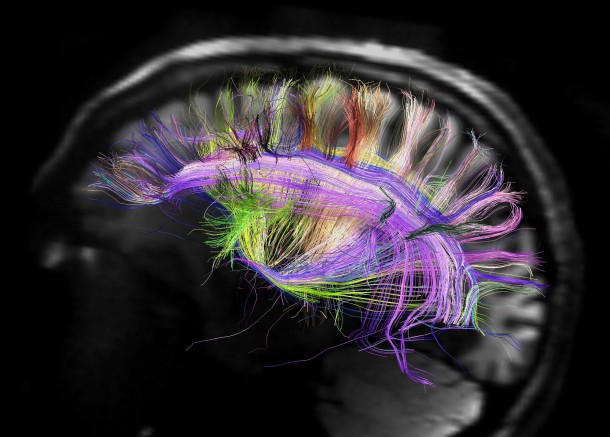A New York Times story by journalist Amy Harmon has covered the journey of a 23-year-old woman who opted for having her brain frozen. Kim Suozzi, suffering from terminal brain cancer, wanted to have her brain preserved with the hope that its revival would be possible some day in the future. The process is known as cryonics (freezing of body) or neuropreservation (freezing of head and brain) and Suozzi isn’t the only who has undergone it; over 100 people have done this since the first case that took place in 1960s as per the Alcor Life Extension Foundation.

Alcor performs both of these procedures and requires the patients to sign over to their life insurance policies of $80,000 for neuropreservation and $200,000 for cryonics as per their website. Over the past few decades, medical sciences has become sophisticated enough that it can freeze and revive human parts ranging from organs for transplantation to embryos and eggs for reproduction. However, human brain is on another level and a totally different story.
So, the important question is; has this worked? Sadly, no one has ever been revived after death so far. Winfried Denk, brain mapping expert at the Max Planck Institute of Neurobiology in Germany, believes that the ability to revive someone who has undergone cryopreservation is still at least 40 years away. He also believes that by that time we would have found the cure for whatever killed the patients in the first place.
The problem with this procedure is that once the body dies, the cells begin to release toxic substances right away and decomposition begins. To prevent this natural process of decay is quite difficult, however, Alcor and a few other organizations are going with cryonics with the hope that frozen patients could be brought back to life someday.
Let’s look at how Alcor carries out this procedure.
- Following the death of patient, the cryonics team, within minutes, places the patient in ice water bath to begin the cooling down and preservation process.
- Life support is provided to ensure that the heart continues to beat, artificially, and thus the blood continues to pump and oxygen levels in blood are maintained at the level experienced in airplanes. This allows the team to keep the brain healthy why the cryopreservation takes place.
- An external lung-heart machine then takes over for the patient’s organs and the patient is cooled down to a temperature that only a few degrees above the freezing point of water thus removing the need for oxygen.
- The next step is replacing blood with a cryoprotectant anti-freeze solution over the course of a couple of hours. The cryoprotectant chemicals are similar to the ones that are utilized when organs for transplant are being transported. This anti-freeze is crucial so that ice crystals don’t get formed. (ice expands and forms crystals with spikes that can damage brain cell).
- Patient is further cooled down by making use of nitrogen gas at -193 degrees Fahrenheit. The cells vitrify at this temperature and turn solid.
- During the next two weeks, the patient is further cooled to about -320 degrees Fahrenheit and the body/brain is placed in liquid nitrogen for long term care.
As to how will they come back to life? No clue as of yet! What do you think of this procedure? Do let us know in the comment section below.

